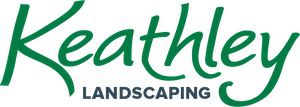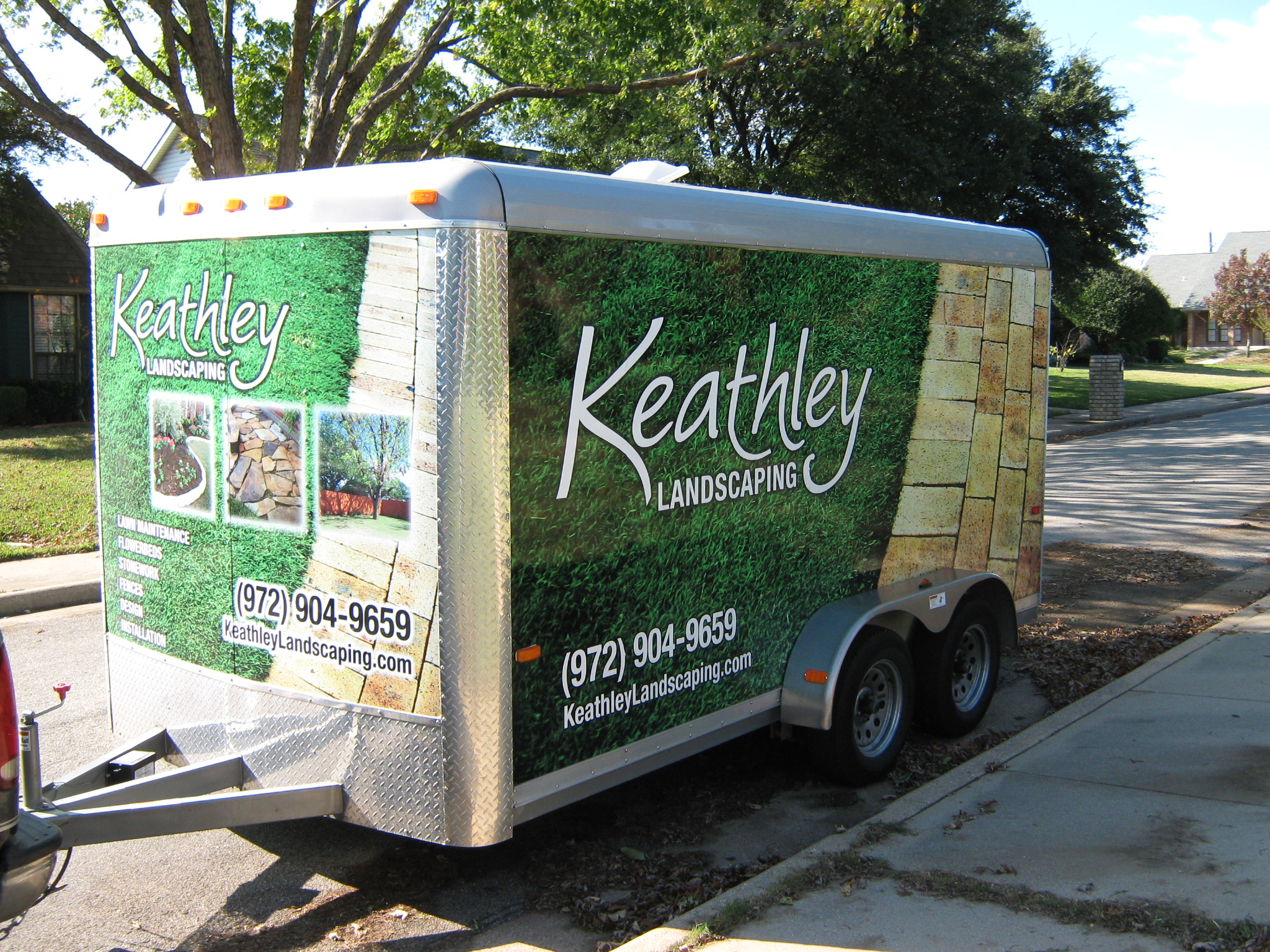The Role of Yard Drainage in Preventing Water Damage
Water damage is a homeowner’s nightmare that can lead to significant repair costs and long-term structural issues. While we often focus on the interiors, such as leaky roofs or faulty plumbing, the exterior yard drainage plays a crucial role in preventing water damage. In this blog post, we will explore the importance of proper yard drainage, discuss the consequences of poor drainage, and provide actionable tips to ensure your yard is well-equipped to handle water runoff effectively.
Understanding Yard Drainage
Yard drainage refers to the systems and practices put in place to manage the flow of water across your property. Proper yard drainage ensures that water is directed away from your home and into designated areas, like storm drains or natural water bodies. This is crucial for preventing water from pooling around your home’s foundation, which can lead to structural damage and basement flooding.
Why Yard Drainage Matters
Proper yard drainage is not just about keeping your lawn from turning into a muddy mess. It plays an essential role in protecting your home’s foundation, preserving the landscape, and preventing basement flooding. According to the Insurance Information Institute, water damage and freezing account for nearly 29% of homeowners’ insurance claims. This statistic highlights the prevalence and cost implications of water damage, emphasizing the need for effective drainage solutions.
Consequences of Poor Yard Drainage
Ignoring yard drainage can lead to several issues that could have been easily avoided. Here are some common consequences:
Foundation Damage
Water pooling around your home can seep into the foundation, causing cracks and weakening the structure over time. This can lead to significant repair costs and even compromise the safety of your home.
Basement Flooding
Poor drainage increases the risk of water entering your basement, leading to flooding. This not only damages your belongings but can also create a breeding ground for mold and mildew, posing health risks to your family.
Landscape Erosion
Excessive water runoff can erode your garden and landscaping. This affects the aesthetic appeal of your property and can result in the loss of valuable topsoil and plants.
Pest Infestation
Stagnant water is an ideal breeding ground for pests, such as mosquitoes and termites, which can invade your home, causing further damage and health concerns.
Types of Yard Drainage Solutions
There are several yard drainage solutions available, depending on the specific needs of your property. Here are some effective methods to consider:
French Drains
A French drain is a popular solution that involves digging a trench filled with gravel and a perforated pipe. This system directs water away from your home, preventing pooling and foundation damage.
Dry Wells
Dry wells are underground structures designed to collect and slowly release water into the soil. They are particularly useful in areas with heavy rainfall, helping to manage excess water effectively.
Swales
Swales are shallow, vegetated channels that direct water away from your property. They can be an attractive addition to your landscape while serving a functional purpose.
Rain Gardens
Rain gardens are strategically placed gardens designed to absorb rainwater. They not only enhance the beauty of your yard but also help in managing water runoff naturally.
Actionable Tips for Effective Yard Drainage
Implementing effective yard drainage does not have to be a daunting task. Here are some practical tips to help you manage water runoff:
Conduct a Site Assessment
Before implementing any drainage solution, assess your property to identify problem areas where water tends to pool. This will help you choose the most appropriate drainage method.
Maintain Gutters and Downspouts
Ensure your gutters and downspouts are clean and directed away from your home’s foundation. Clogged gutters can lead to overflow, increasing the risk of water damage.
Install Permeable Paving
Consider using permeable materials for driveways and walkways to allow water to seep through, reducing runoff and promoting groundwater recharge.
Regular Maintenance
Regularly inspect and maintain your drainage systems to ensure they function effectively. This includes cleaning out debris from French drains, checking for leaks, and ensuring dry wells are not clogged.
Conclusion
Proper yard drainage is an essential aspect of home maintenance that should not be overlooked. By understanding the role of drainage in preventing water damage, recognizing the consequences of poor drainage, and implementing effective solutions, homeowners can protect their property and save on costly repairs. With the right approach, you can ensure that your yard remains a safe and attractive space, even during heavy rainfall. Remember, prevention is always better than cure, and investing in proper yard drainage today can save you from significant headaches tomorrow.






































Recent Comments